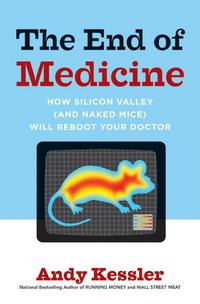I once heard a top MidAmerican Energy executive express considerable, articulate, scepticism about the economics of wind power. (Wind power is unreliable, so that electric companies still must stand ready to provide the electricity by other means.) If wind power made economic sense, you wouldn’t need subsidies to promote it—profit maximizing power companies would pursue it on their own. MidAmerican now invests in wind power, not because it has become an efficient energy source, but because wasteful government subsidies, make wind power profitable for MidAmerican.
Glen Schleede, a retired power company executive, has nothing to lose by speaking the truth:
(p. 1B) The turbines do bother some folks, including Glenn R. Schleede, a retired power company executive from Round Hill, Va., who said the wind power industry puts out "absolute baloney" to justify its existence.
"I’m tired of subsidizing Warren Buffett companies," Schleede said, referring to federal tax subsidies that go to MidAmerican Energy Holdings Co., a division of Omaha-based Berkshire Hathaway Inc. that is headed by Buffett. Those are MidAmerican’s turbines in the fields around Schaller.
Schleede’s criticisms, mostly in academic-style papers he writes, concentrate on the economics of wind power and what he called "false claims about how this is good for an energy system."
"In fact, these things, because they’re intermittent and volatile and unpredictable, they don’t really add a lot of capacity to an electric grid," he said. "When you see these things advertised, they talk about how many megawatts of capacity, the number of homes served and all that garbage.
"I would maintain that they don’t serve any homes."
For the full story, see:

 Source of book image:
Source of book image:  Source of graphic: online version of the NYT article cited above.
Source of graphic: online version of the NYT article cited above.
 Source of graphic: online version of the WSJ editorial cited below.
Source of graphic: online version of the WSJ editorial cited below.
 Source of map: online version of the NYT article cited above.
Source of map: online version of the NYT article cited above.
 Source of graphic: online version of the NYT article cited below.
Source of graphic: online version of the NYT article cited below. Canon’s new HV10 high definition camcorder. Source of image: the NYT article cited below.
Canon’s new HV10 high definition camcorder. Source of image: the NYT article cited below.